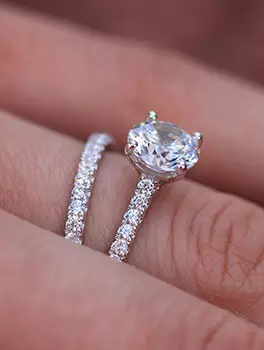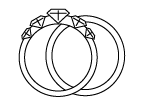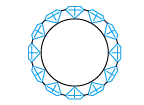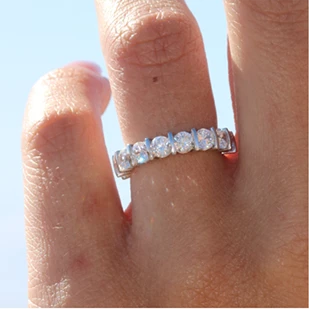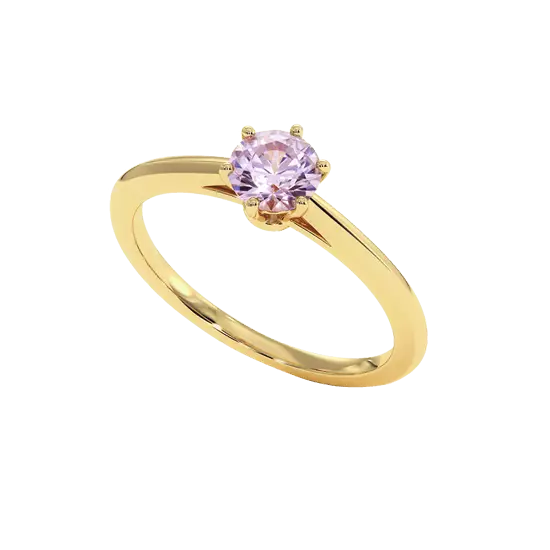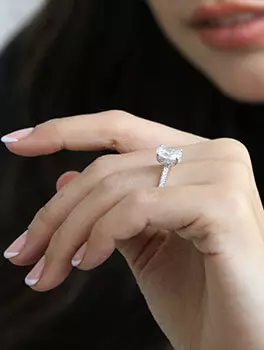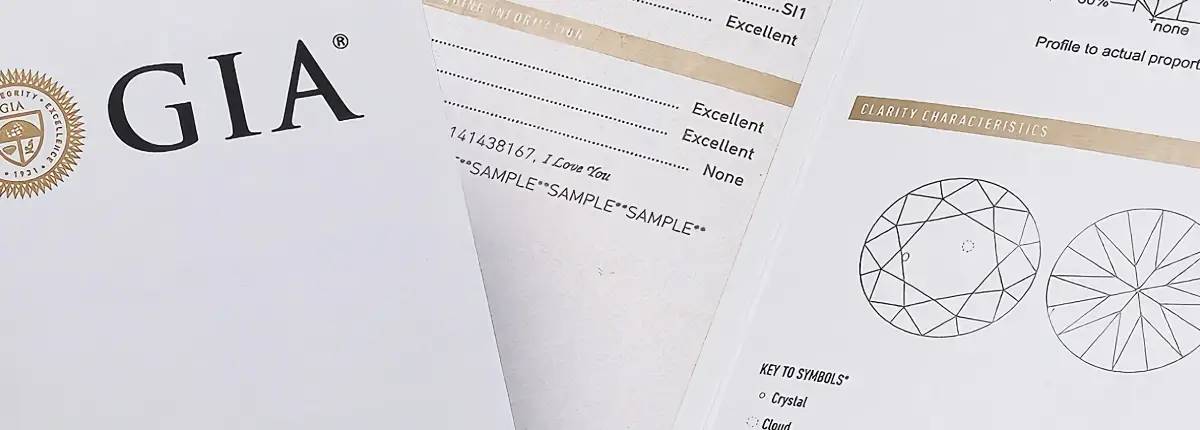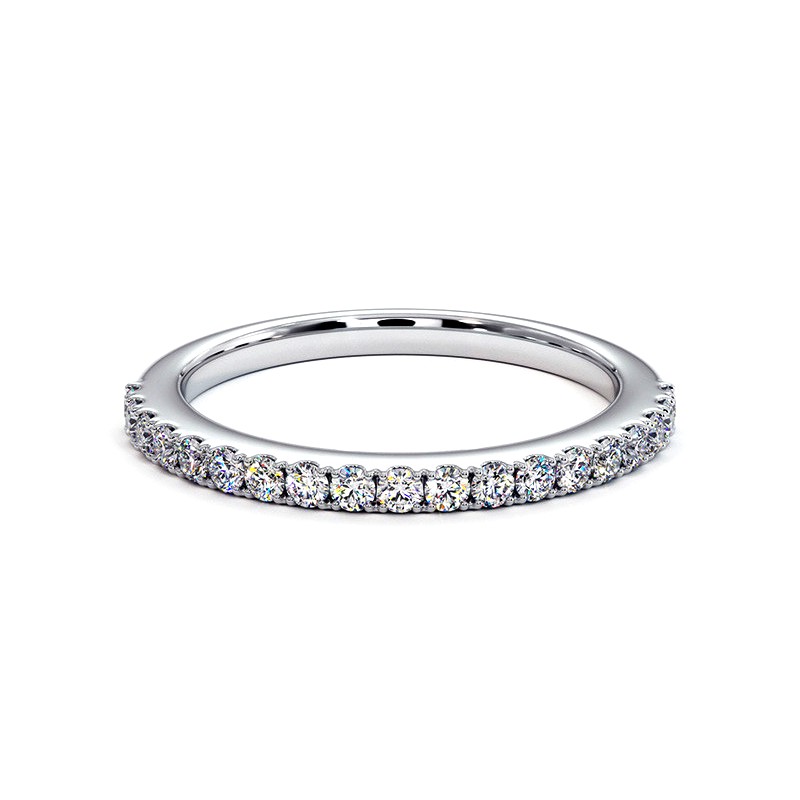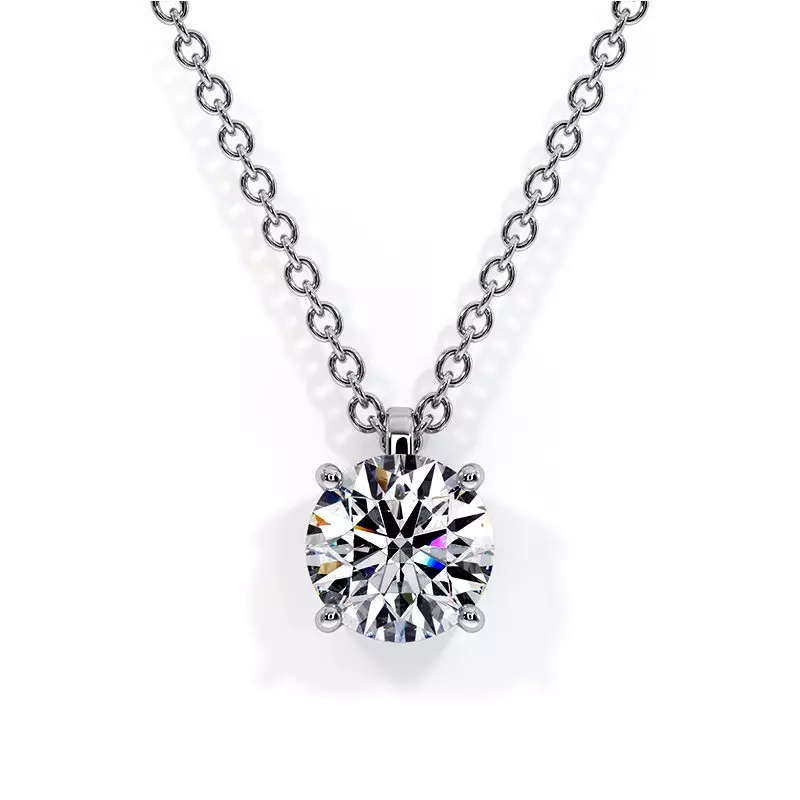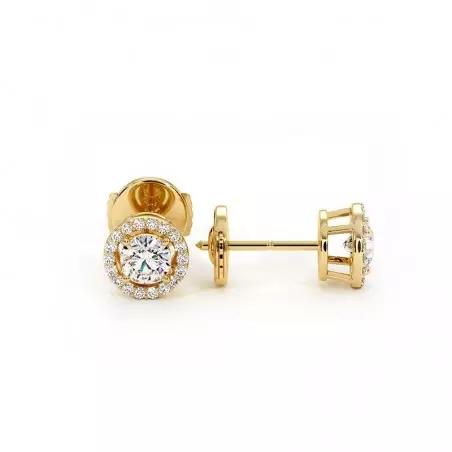The difference between VS1, VS2, SI1, SI2: beyond the initials
 ,
Gemmology News
,
Gemmology News

When it comes to choosing a diamond, the question of the diamond purity is one of the most important criteria. Beyond the shine and color, it's the diamond clarity - that is to say, the presence or absence ofinclusions - which directly influences the diamond quality and its value. The mentions VS1, VS2, SI1 or SI2 They often appear in gemological certificates, but they sometimes remain mysterious to buyers. What do they really mean? And most importantly, what impact do they have on the visual appearance and the price of a diamond ?
In this article, we will detail the difference between these notations to help you understand. diamond ranking and choose the diamond purity adapted to your expectations. To delve deeper into the subject, you can also consult our complete guide on the purity of the diamond.
Understanding the purity grades of a diamond
The diamond purity is an essential quality criterion, defined by the number, size and position of the inclusions (small internal or external flaws) visible in the stone. These inclusions are natural and are part of the diamond's history, but they influence its transparency, its brilliance, and therefore its price.
International gemological laboratories (GIA, HRD, IGI) use a diamond quality chart universal, called the purity scale, which classifies diamonds from Flawless (without defects, also known as "pure diamond") quality of a diamond, up to Included (inclusions visible to the naked eye). This scale allows for a standardized evaluation of the diamond clarity and to objectively compare two stones.
Here are the main categories:
- FL / IF (Flawless - Internally Flawless) : diamonds without any visible inclusions, extremely rare.
- VVS (Very Very Slightly Included) : very very small inclusions, invisible to the naked eye.)VVS meaning: inclusions only visible under 10x magnification).
- VS (Very Slightly Included) : small inclusions visible with a magnifying glass but difficult to perceive without a tool.
- SI (Slightly Included) : slightly visible inclusions, sometimes perceptible to the naked eye.
- I (Included) : visible inclusions, which may affect the shine.
Thus, the mentions VS1, VS2, SI1 or SI2 are located at the heart of the scale, offering a balance between diamond quality and price accessibility. These grades often represent the best compromise for an engagement ring or everyday jewelry.
VS1 and VS2 - What does this mean ?
Definition of VS (Very Slightly Included)
A diamond graded VS (Very Slightly Included) contains very small inclusions that are not visible to the naked eye, but only under 10x magnification with a jeweler’s loupe. These inclusions do not affect the brilliance or transparency of the diamond.
On the diamond clarity scale, VS diamonds therefore offer an excellent balance between quality and price. They are highly sought after for engagement rings and high-end jewelry, as they appear completely “clean” to the naked eye.
Difference between VS1 and VS2 (size/position of inclusions)
The distinction between VS1 and VS2 comes down to the size and placement of inclusions:
- VS1: extremely minor inclusions, often located near the edges of the stone, invisible to the naked eye and even difficult to spot under magnification.
- VS2: slightly more numerous inclusions or those placed closer to the center, visible only under a 10x loupe, but still imperceptible to the naked eye.
In short, VS1 represents a higher clarity grade than VS2, but in both cases, the diamond will look flawless without magnification tools.
SI1 and SI2 - An Interesting Compromise
Definition of SI (Slightly Included)
A diamond graded SI (Slightly Included) contains inclusions that are slightly more visible than in the VS category. In most cases, these inclusions remain invisible to the naked eye but become noticeable under magnification.
These diamonds provide an ideal compromise between quality and price, maintaining a satisfactory level of clarity while being more affordable.
Difference between SI1 and SI2
- SI1: small or moderate inclusions, generally not visible to the naked eye. For an untrained eye, the stone still retains a brilliant appearance.
- SI2: more noticeable inclusions or those located at the center, sometimes visible without magnification depending on the diamond’s size. They may slightly affect brilliance.
Thus, SI1 remains an excellent choice for buyers seeking a beautiful-looking diamond at a competitive price. SI2, however, should be chosen carefully: it may be suitable for smaller stones or for jewelry where the diamond is not the centerpiece.
VS vs SI - Which grade to choose for your diamond ?
Choosing between a VS (Very Slightly Included) diamond and an SI (Slightly Included) diamond mainly depends on your priorities: visual appearance, budget, and the purpose of the jewelry.
VS1 or VS2 Diamonds:
Perfect for those who want a stone with inclusions that are virtually impossible to detect, even under close inspection. These diamonds offer very high clarity, flawless brilliance to the naked eye, and often a stronger resale value.
SI1 or SI2 Diamonds:
These diamonds provide a more affordable price while still maintaining a beautiful appearance. In particular, an SI1 diamond is generally indistinguishable from a VS to the untrained eye, especially in stones under 1 carat.
In summary:
For an engagement ring or a central piece of jewelry, choose VS1 or SI1, which ensure the best balance between brilliance and budget.
For a bracelet cobblestone a pendant , or a piece where the diamonds are smaller, a carefully selected SI2 can be sufficient—provided you are guided by an expert.
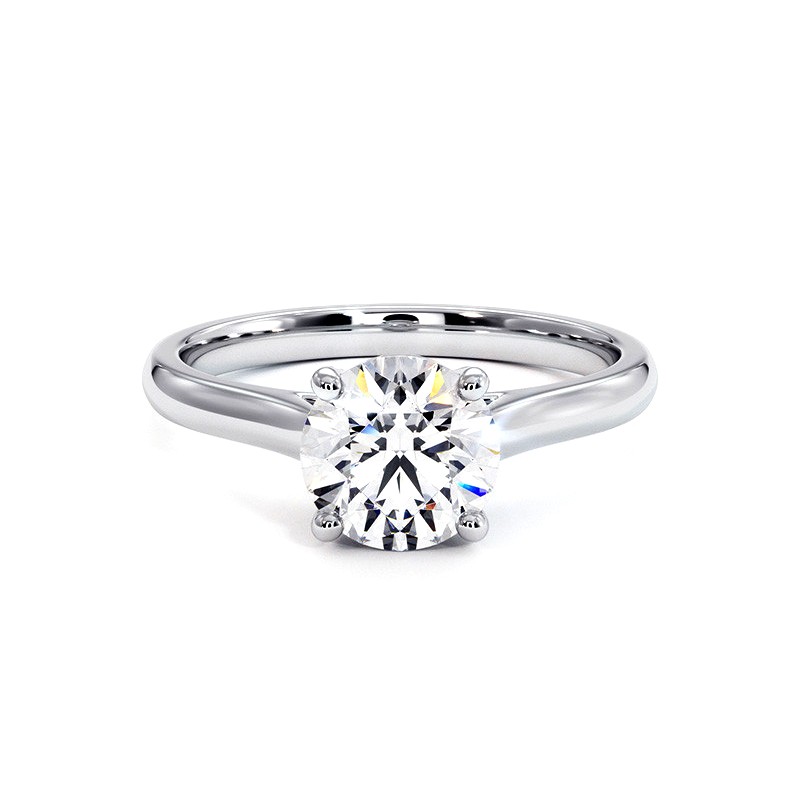

Round Diamond Engagement Ring Promesse
- -15%

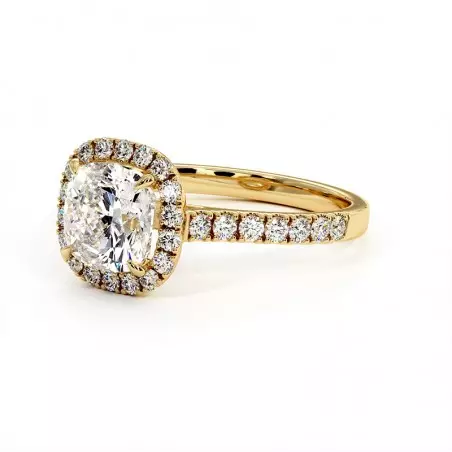
Cushion Diamond Solitaire Ma vie
- -15%
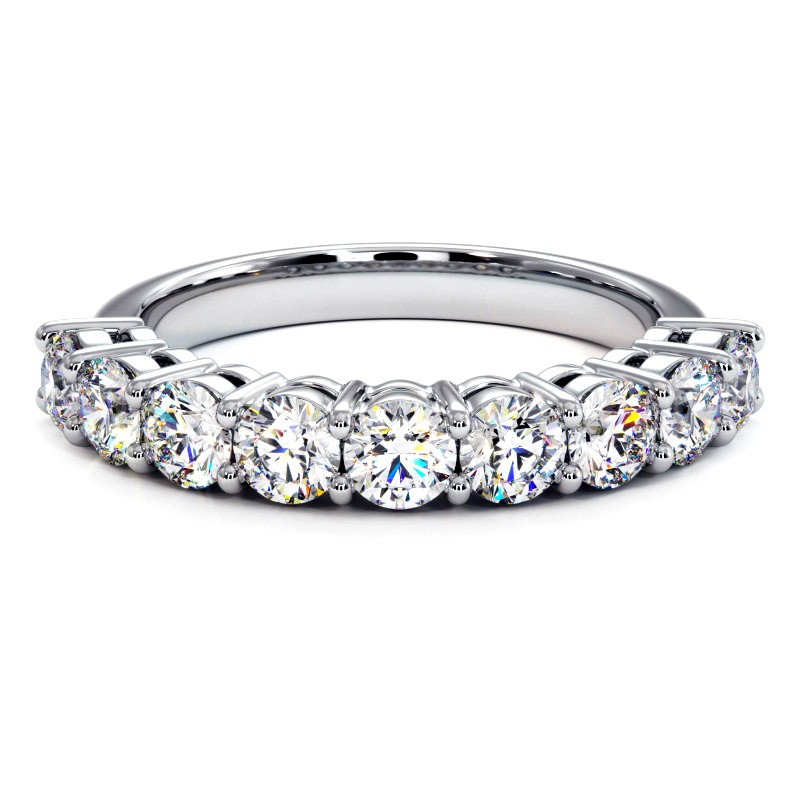

Half Alliance Round Classic Diamonds Promesse
- -15%
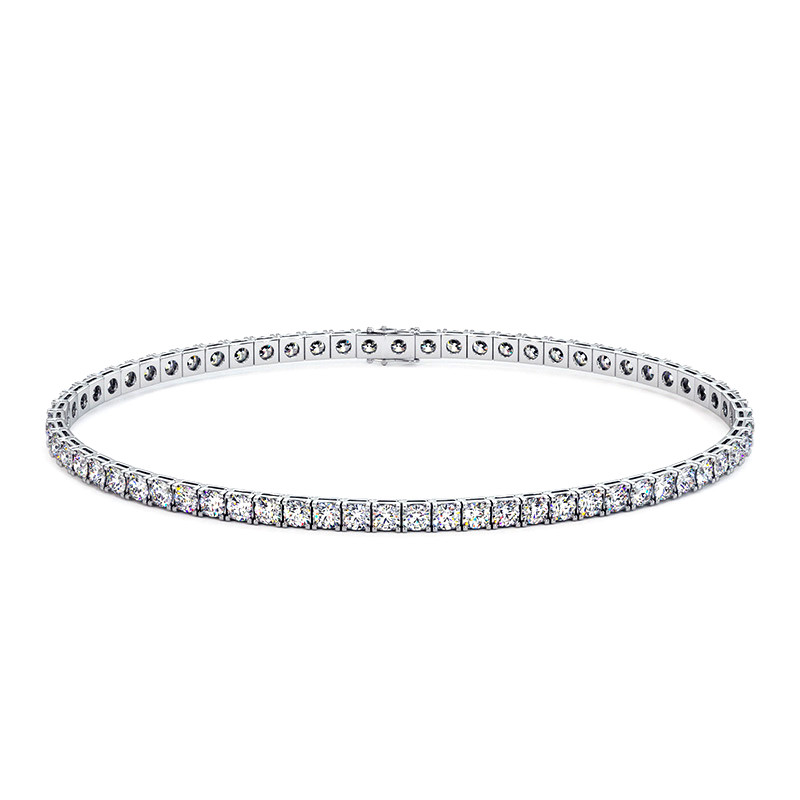

Traditional Round Diamond River Bracelet
- -15%
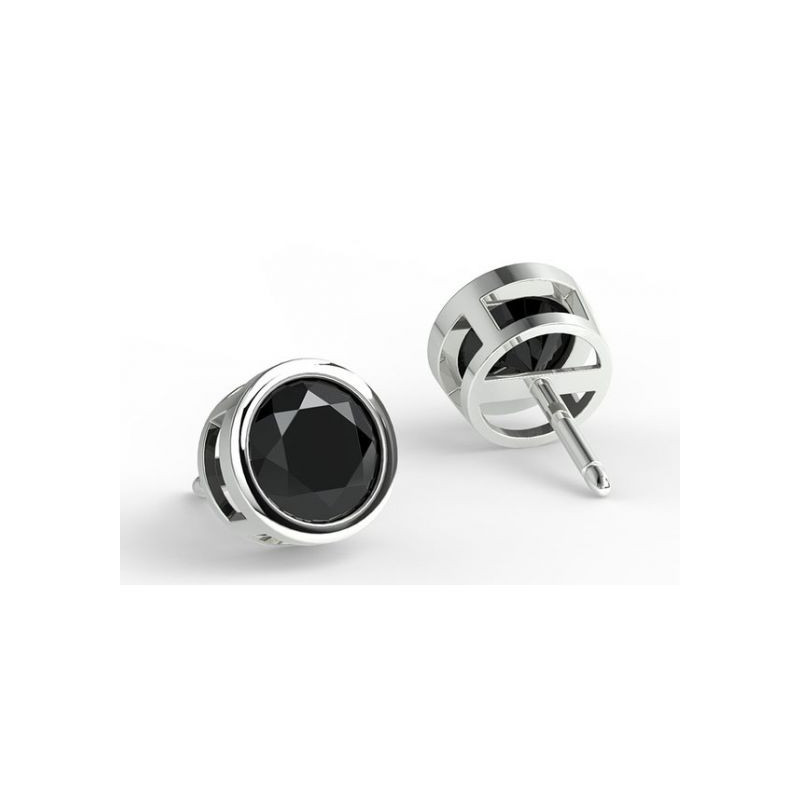

Black Diamond Stud Earrings
- -15%
How to assess clarity with an expert ?
Evaluating a diamond’s clarity goes beyond simply reading a certificate: it requires a trained eye and the use of specialized tools.
- The 10x loupe: the standard tool of gemologists, it allows them to identify the size, nature, and position of diamond inclusions.
- Gemological microscopes: used in laboratories for even more precise examinations.
- The expertise of the diamantaire: an expert can determine whether an inclusion is visually distracting or remains invisible once the diamond is set in a ring or piece of jewelry.
At Celinni, every stone is selected according to strict criteria of diamond clarity and quality. In our showrooms, our experts guide each client by comparing multiple diamonds under magnification and explaining the real differences between VS and SI.
Practical tips for making good choices
Diamond clarity is only one of the famous 4Cs (Carat, Cut, Color, Clarity). To select the right clarity grade, here are some concrete tips:
- Match the grade to the diamond size: the larger the stone, the more visible inclusions may become. For a diamond over 1 carat, it is best to choose at least a VS2 or SI1.
- Evaluate according to your budget: a VS1 diamond can cost significantly more than an SI1, while the difference is imperceptible to the naked eye. Sometimes it’s wiser to invest in a better cut or color while staying with a quality SI1.
- Seek overall balance: a well-cut diamond with a beautiful H color and SI1 clarity can look more brilliant than a poorly cut VS1.
- Rely on an expert: gemological certificates provide objective information, but only an experienced diamantaire can concretely show you the difference between two stones of the same grade.
For a well-informed decision, don’t hesitate to consult our complete guide on diamond clarity and compare several stones in our showroom.
FAQ - Everything you need to know about VS and SI diamonds
What is the difference between VS1 and VS2 ?
A VS1 diamond has extremely minor inclusions, usually located at the edges, completely invisible to the naked eye. In VS2, inclusions may be slightly more central, but they remain imperceptible without magnification.
Is an SI1 diamond visible to the naked eye ?
No, most SI1 diamonds appear clean to the naked eye, especially in smaller sizes. Inclusions are only visible under 10x magnification.
Why choose a VS diamond rather than an SI ?
A diamond VS guarantees a diamond clarity higher quality and a higher resale value. However, a Well chosen SI1 can offer the same visual brilliance for a more affordable budget.
What is the best compromise between purity and price ?
For an engagement ring, the best choice often remains a SI1 or VS2, which combines excellent visual appearance and competitive pricing.
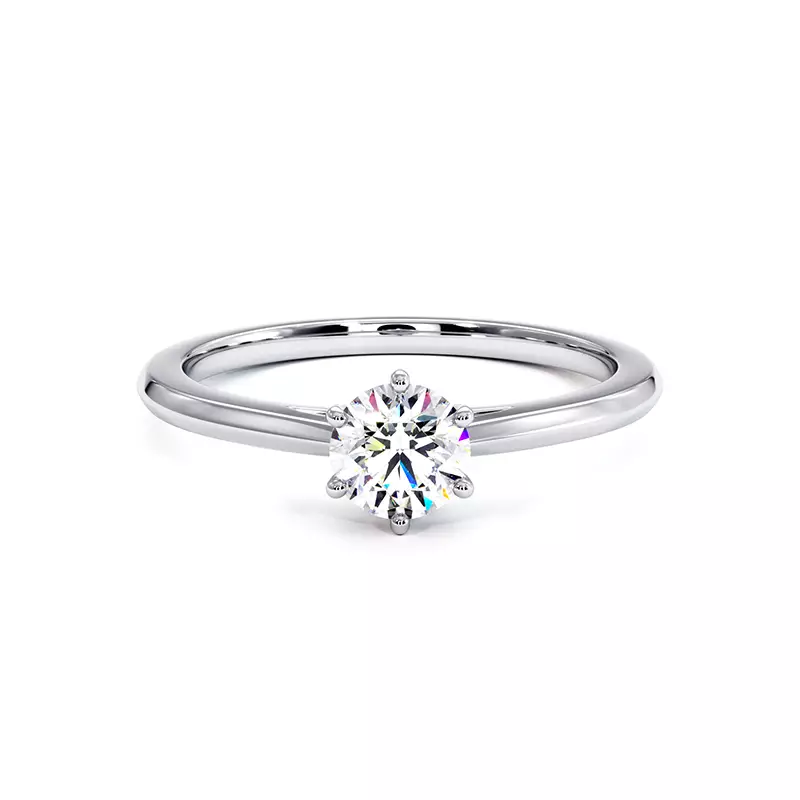

Anna Diamond Engagement Ring
- -15%

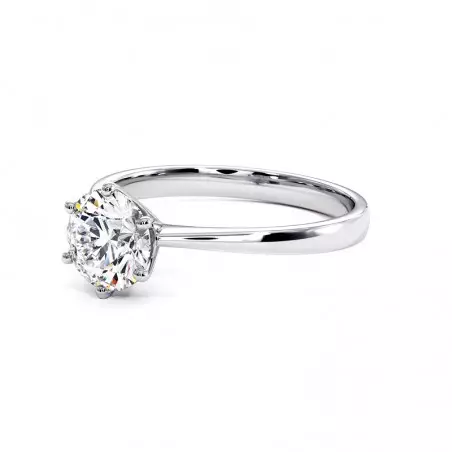
Diamond Engagement Ring Celinni 1968
- -15%


Round Diamond Engagement Ring Promesse
- -15%
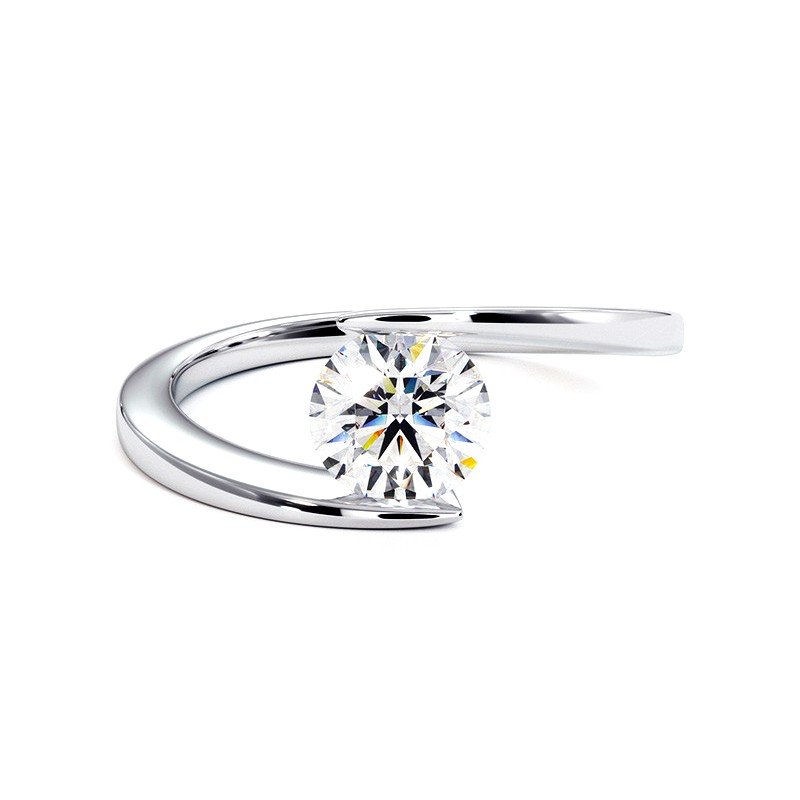

Eternal Diamond Engagement Ring
- -15%
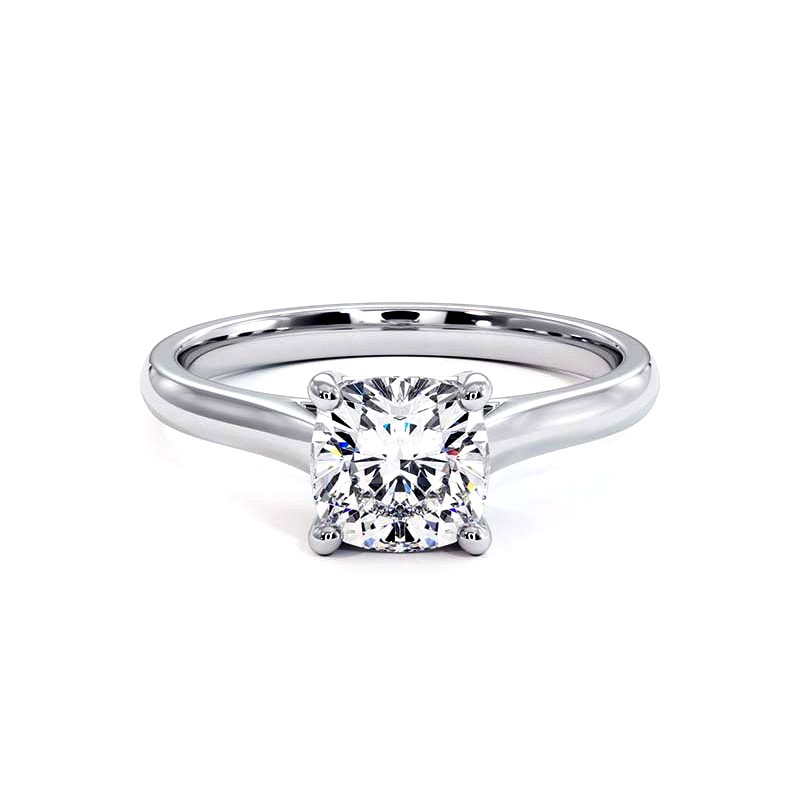

Cushion Diamond Engagement Ring Promesse
- -15%
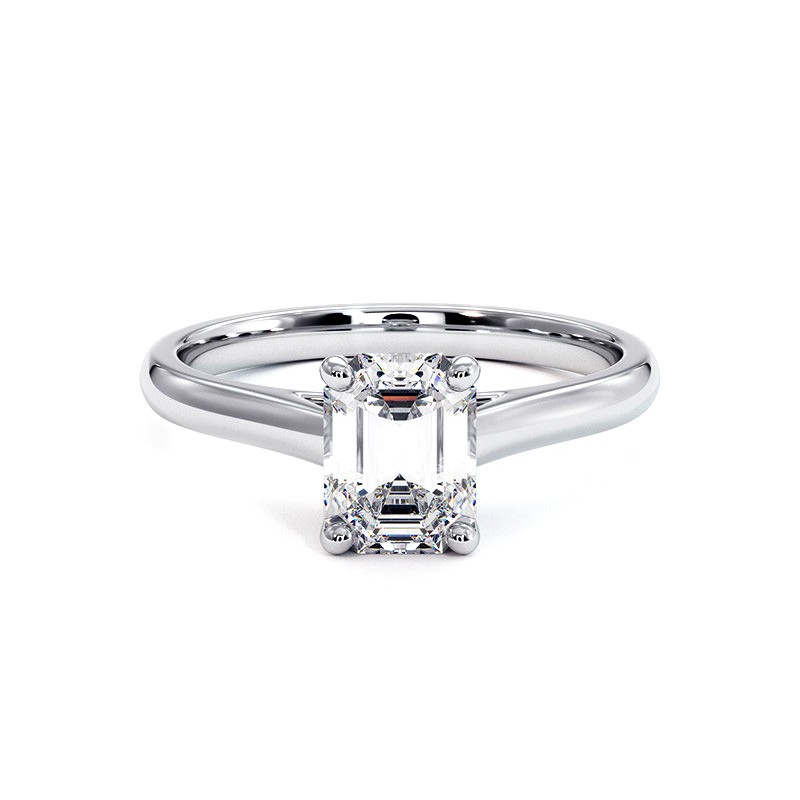

Emerald Diamond Engagement Ring Promesse
- -15%
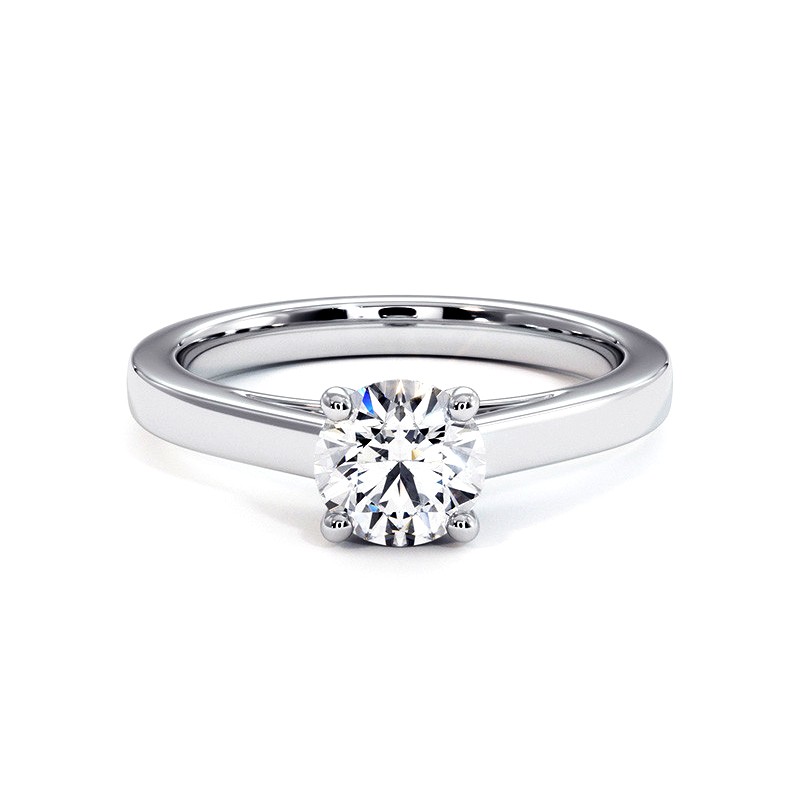

Pink Diamond Engagement Ring from Ma vie
- -15%

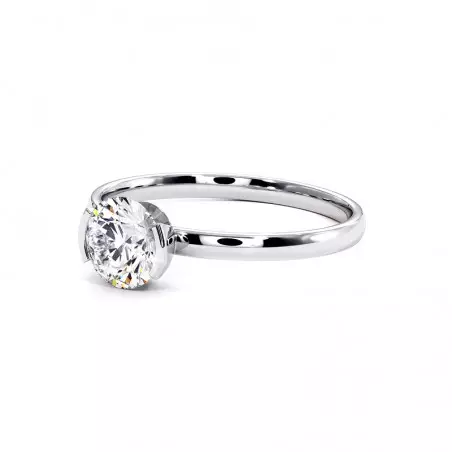
Queen Diamond Engagement Ring
- -15%
Conclusion
The mentions VS1, VS2, SI1 and SI2 are not just initials: they indicate the level of diamond clarity and determine its brilliance, value, and accessibility at the same time.
- The diamonds VS1 and VS2 guarantee a flawless appearance to the naked eye, with very high purity.
- The diamonds SI1 and SI2 represent a interesting compromise, combining attractive price and satisfactory visual rendering, especially for optimized budgets.
At Celinni, we guide each customer in choosing the diamond that best suits their project, whether it's for a engagement ring, a wedding ring or a custom made jewel.
Beyond certificates and ratings, it's the expert eye of a trusted diamond dealer which ensures you choose the perfect stone, capable of shining brilliantly through time.
Check out our related articles:
Wedding Anniversary: The Table of Wedding Anniversaries
The best wedding gifts for newlyweds !
What is the difference between necklace, chain and pendant?























